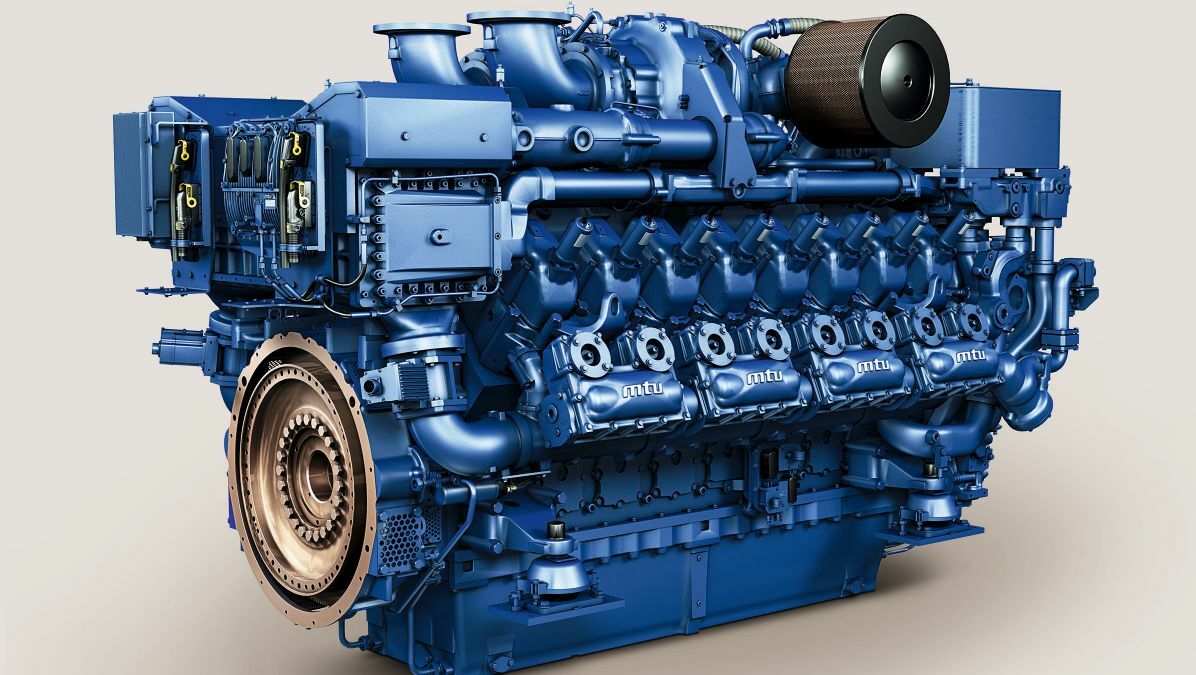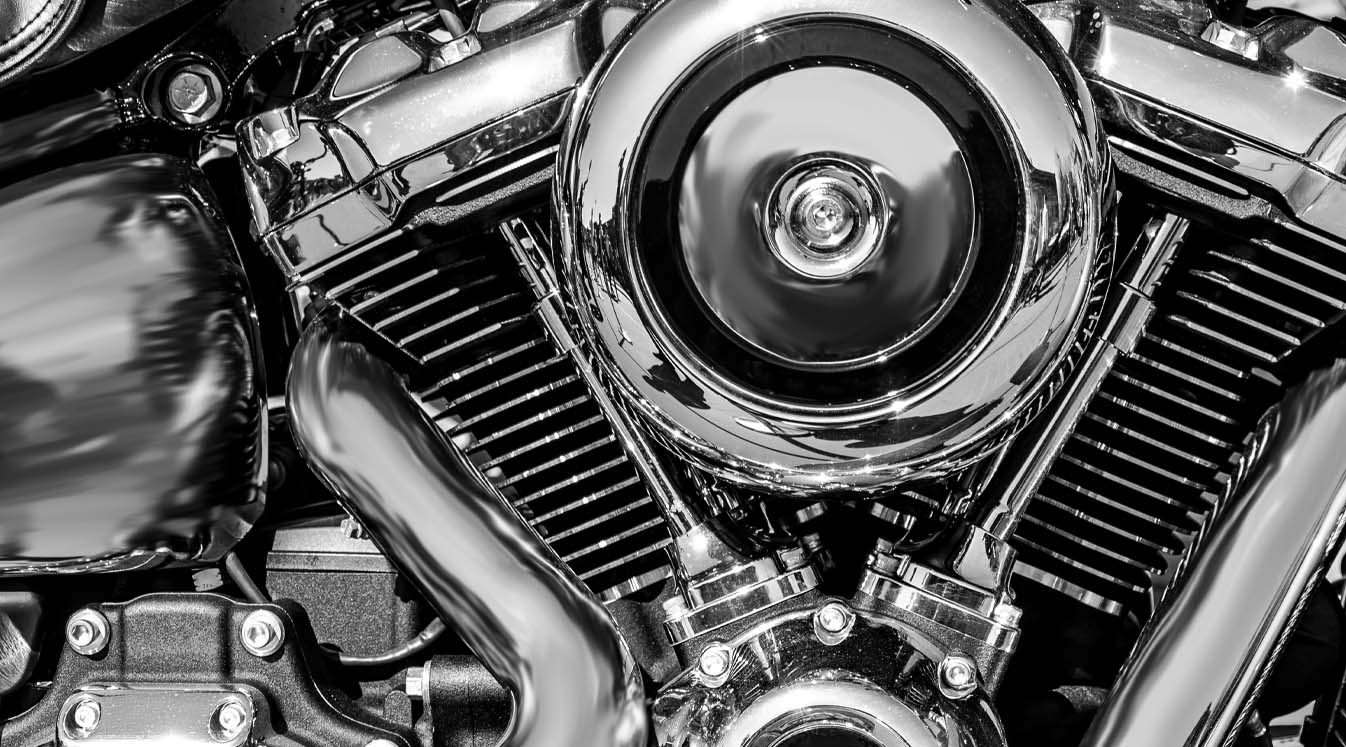The Mission for Ultimate Driving Power: Exploring the Pinnacle of Engine Efficiency and Technological Breakthroughs in the Automotive Market
In the world of vehicle design, the pursuit of optimum driving power has been a relentless pursuit that has unfolded with the evolution of engine layout and the integration of cutting-edge modern technologies. From the thorough workmanship of burning engines to the quick improvements in electric propulsion systems, the vehicle field stands at the cusp of a new age defined by unmatched performance capacities.
Evolution of Engine Style

In addition, the combination of turbocharging and supercharging technologies has actually revolutionized engine style by boosting power without substantially increasing engine size. These forced induction systems compress the consumption air, enabling even more gas to be ignited, consequently creating greater power output from a smaller sized engine. This advancement has actually been specifically critical in improving the performance of smaller variation engines while maintaining fuel efficiency criteria.

Performance-Enhancing Fuel Technologies
The execution of sophisticated fuel technologies has considerably added to enhancing engine efficiency in modern-day cars. From traditional fuel and diesel to cutting-edge biofuels, synthetic gas, and hydrogen, the auto market is seeing a change in fuel alternatives. Biofuels, stemmed from sustainable sources like algae, corn, or sugarcane, offer enhanced and decreased discharges engine effectiveness. Synthetic gas, created with chemical processes, provide high octane rankings, improving power result. Hydrogen fuel cells, although still in the onset of adoption, show fantastic pledge as a result of their zero-emission nature and possibility for high performance. In addition, fuel additives and detergents are being created to tidy engine parts, enhance burning, and decrease friction, consequently improving general lorry performance. With recurring r & d, the mission for the utmost driving power proceeds, as engineers make every effort to open the full potential of performance-enhancing gas modern technologies in the auto industry.
Improvements in Electric Propulsion
Substantial strides in electrical propulsion innovation have actually transformed the auto market, leading the method for a new period of lasting and effective transport. Electric automobiles (EVs) are getting appeal as a result of their environmental benefits and advancements in battery innovation, enabling longer driving ranges and much shorter charging times. Manufacturers are investing greatly in research and growth to improve the performance of electrical propulsion systems, focusing on raising power outcome, enhancing power effectiveness, and decreasing overall weight.
One remarkable development in electrical propulsion is the growth of innovative electric motors that provide higher torque and power density, resulting in enhanced acceleration and overall driving efficiency. Furthermore, regenerative stopping systems have been improved to catch and save power throughout deceleration, further increasing the efficiency of EVs.
Moreover, the integration of smart modern technologies, such as expert system and predictive analytics, is maximizing the administration of electrical propulsion systems, making sure optimal efficiency under various driving conditions. These innovations in electrical propulsion are improving the automobile landscape, driving the industry towards an extra sustainable and amazed future.
Impact of Computational Liquid Characteristics
With developments in electrical propulsion pushing the boundaries of automotive innovation, the integration of Computational Liquid Characteristics is playing an essential role in enhancing aerodynamic performance and boosting general effectiveness in car design. Computational Fluid Characteristics (CFD) involves using computer simulations to evaluate the flow of air around a lorry, enabling engineers to predict just how design changes will certainly impact the rules of aerodynamics without the need for expensive physical prototypes. By precisely modeling air flow patterns, CFD enables for the refinement of automobile forms to minimize browse around these guys drag, boost air conditioning, and boost stability.
CFD makes it possible for engineers to enhance air flow around components such as radiators, engine bays, and wheel wells, adding to boosted efficiency and overall driving experience. In final thought, the assimilation of Computational Fluid Characteristics represents a substantial step forward in the mission for supreme driving power and efficiency in the automobile sector.
Future Patterns in Engine Innovation
In the vibrant landscape of auto engineering, cutting-edge advancements are forming the future trajectory of engine development. The future of engine style is marked by a strong emphasis on performance, sustainability, and efficiency. Producers are increasingly focusing on developing engines that not just provide high power results yet also prioritize ecological responsibility by boosting and lowering discharges gas effectiveness.
One famous fad in engine development is the surge of electrification. Hybrid and electric powertrains are obtaining grip as sensible choices to typical combustion engines. These modern technologies supply the capacity for substantial decreases in carbon exhausts and increased power efficiency, aligning with global efforts to deal with climate adjustment.
Additionally, improvements in products science and production strategies are enabling the production of lighter and a lot more sturdy engine elements. This change in the direction of light-weight materials such as carbon fiber and aluminum alloys contributes to boosted performance and gas economy.
Final Thought
To conclude, the pursuit of utmost driving power in the automobile industry remains to drive developments in engine style, fuel innovations, electrical propulsion, and computational liquid characteristics. The evolution of these innovations is forming the future of engine development, paving the way for much more powerful and efficient automobiles (engines for africa). As the industry remains to push the boundaries of what is possible, we can expect to see also more groundbreaking developments in the mission for peak performance
One of the key landmarks in engine style evolution is the change from traditional carbureted engines to modern fuel-injected systems. By specifically metering the fuel shipment to each cyndrical tube, fuel-injected engines optimize combustion, resulting in much better efficiency and minimized ecological impact.
Moreover, the combination of turbocharging and turbo charging click over here now innovations has actually reinvented engine style by enhancing power without dramatically raising engine size (engines for africa).The implementation of sophisticated fuel technologies has actually Source significantly contributed to boosting engine efficiency in modern-day lorries. Additionally, fuel additives and detergents are being formulated to clean engine elements, optimize combustion, and decrease friction, thereby improving overall lorry efficiency